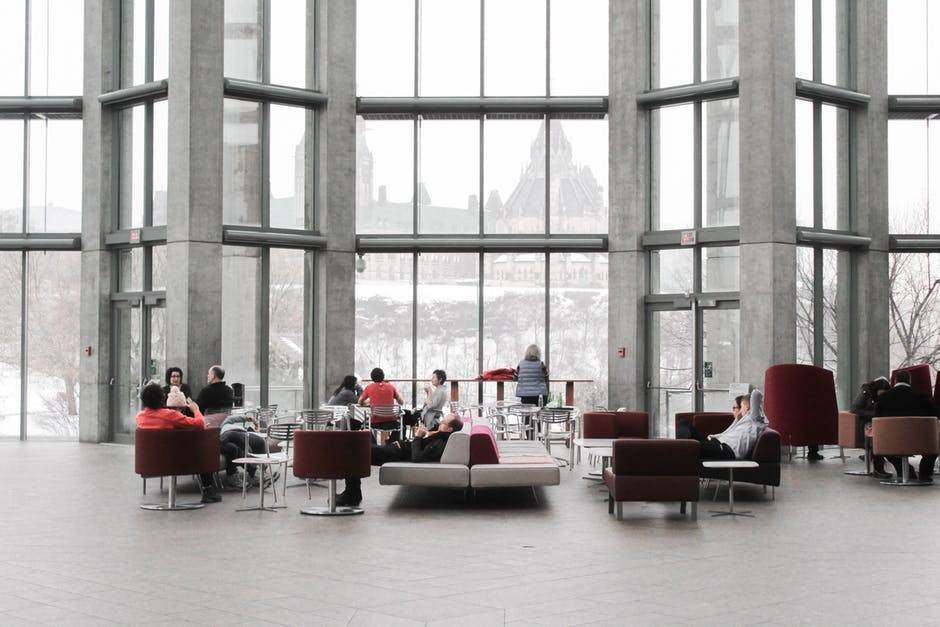
Reading Time: minutes
What is Common Area?
Common area exists everywhere. From apartments, gated communities, and condominiums to cooperatives and malls, it affects all property types. Therefore, whether you are a current or prospective homeowner, landlord, or developer it is important to understand the fundamentals of common area and its subsections.
Its direct definition describes the areas as portions of a building which are not specifically leased to one person and are therefore common use amongst all tenants. This means the lobby you enter in, the stairways you climb up, and the gym you train in all count as common area elements.
The different levels of Common Area Usage
The common area falls under two main categories. Floor common area, meaning areas on a specific floor, and building common areas, which refers to locations throughout the buildings entirety. This includes amenities such as laundry facilities, pools and garden areas, as well as exterior walls, parking lots, and even public toilets.
These common zones are controlled by the landlord or someone they nominate to exercise management on their behalf. Under the common area license, which is in full effect for the entirety of your lease, there are several rules and regulations which come alongside your properties perks.
With most buildings, detailed information about their common element rules is found in the development's governing documents. These normally include the Declaration of Covenants, Conditions, Restrictions, and Easements, also known as a master deed.
Who is responsible for Residential Common Areas?
When you purchase any type of property in a planned development, such as a leased land property or gated community, you are obliged to join the communities Home Owners Association (HAO). It is the HAO you pay common area maintenance fees to, which go towards the maintenance, repair, and replacement of your properties communal spaces.
The HAO rules can be as numerous and diverse as the people running them. Examples range from limiting communal pool hours, implementing age restrictions at the gym, and enforcing dress codes at sporting facilities.
While most common elements in a development are usually 'general', there are limited common elements. This refers to spaces which can be used by more than one but less than all homeowners in the development. The articles and bylaws of general and limited common area and HOA can also be found in the governing documents which are obtainable from your HOA or real estate broker.
Who is responsible for Commercial Common Areas?
In the case of office buildings common area maintenance is under the responsibility of the landlord. Therefore, should areas such as bathrooms, elevators or lobbies suffer any damage and need repairs, this will be handled by the proprietor of the building. Specifications of what is considered common area in your office complex can be found in the breakdown of the buildings design plans.
If you're in the market to buy or lease a property for residential or commercial purposes KMC Savills are here to guide you through the process. From initiating site visits, selection, and leasing process to in-depth knowledge and understanding of the rapidly growing Philippine economy, our commercial and residential brokers' team guarantees unparalleled service, ensuring smooth and efficient transaction from start to finish.
For more information, you may contact KMC Savills on +632 403 5519 or email us at [email protected].

